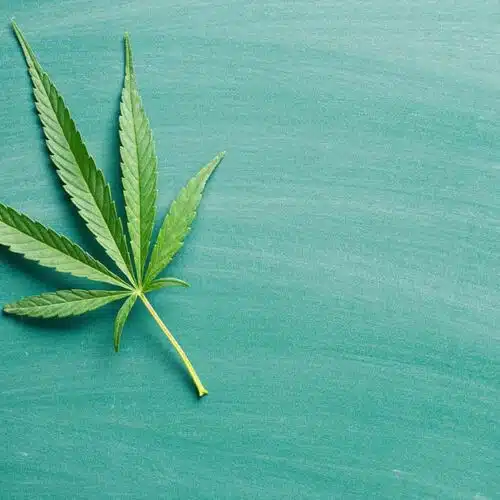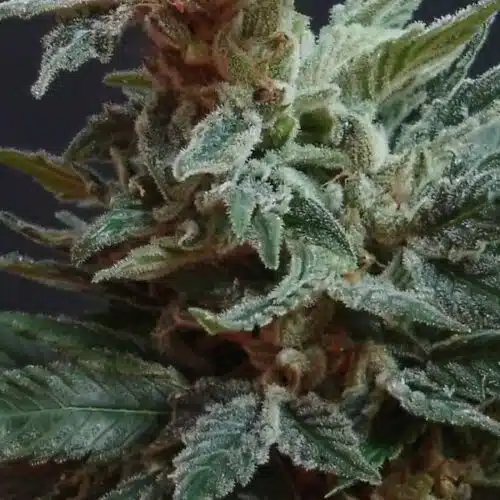By Jonathan Walczak | Published in Seattle Weekly
It’s intended to help animals manage chronic pain, but you may be tempted to slip it on Fido when he gets a little too rambunctious.
A Seattle company is developing a medical marijuana patch for humans and animals, and intends to press for a change in state law that would allow veterinarians to prescribe medical pot for pets, something that isn’t currently allowed.
Jim Alekson, a spokesman for Medical Marijuana Delivery Systems, said in an e-mail that the company is in the process of perfecting the patch. “It is our intention, once the patch delivery system is perfected, to approach states for approval to use the patch for veterinary use,” he said.
MMDS, which will market its product under the name Tetracan, announced in February that it had acquired the patent for the patch, which was developed in 2000 by Walter Cristobal, a member of the Santa Ana Pueblo Tribe of New Mexico.
We left a message for him yesterday, but haven’t yet received a response. In February, he said he was excited to work with MMDS “to finally be able to bring the patch and other new delivery systems like creams, gels and oils to people and animals in need of chronic pain management.”
When asked if there are currently any loopholes that would allow veterinarians to prescribe medical pot for animals, Alison Holcomb, the drug policy director for the Washington branch of the ACLU, said no. Vets are not included as health care professionals under state law.
“Also, a qualifying patient is defined as a person, and that obviously excludes animals,” Holcomb said in a phone interview with Seattle Weekly.
The idea of treating animals with pot has historical precedent. Apparently, the ancient Greeks used weed in veterinary medicine, in part to treat wounds and sores on horses.


